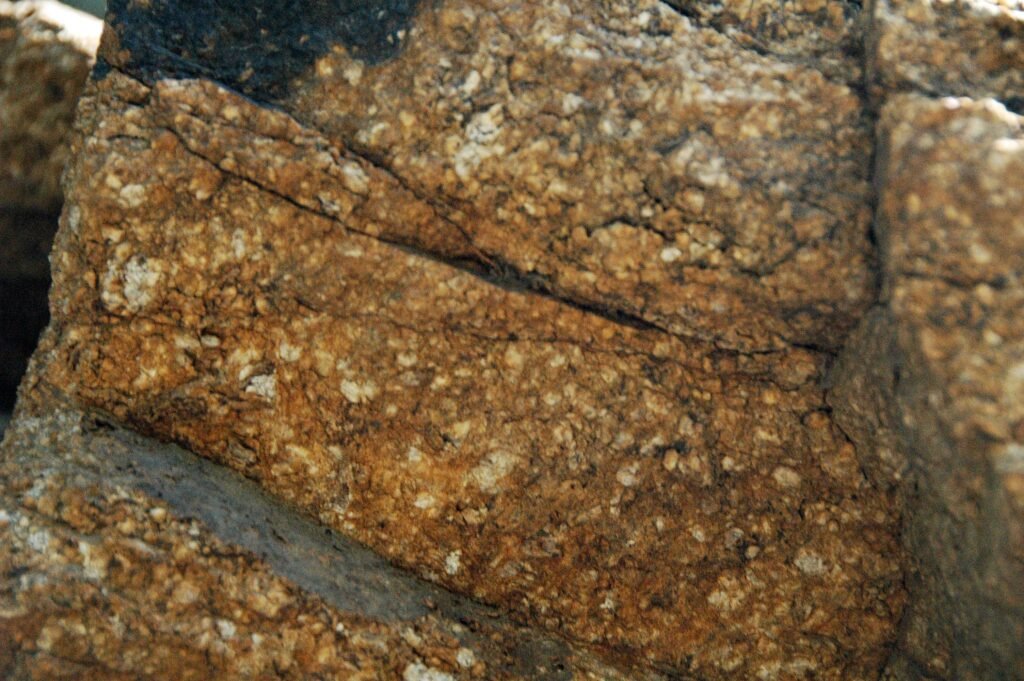Close your eyes and imagine stepping barefoot onto Tauranga’s sunlit sand, feeling the cool waves lapping at your feet. It’s paradise, right? But beneath those calm sands and sparkling bays, there’s a world most of us never think about—a restless, mysterious realm of hidden faults and ancient forces. These faults, quietly shifting miles below us, have shaped the coastline, built the harbors, and, from time to time, sent tremors through both the land and the hearts of locals. What really lies beneath Tauranga’s beauty? Let’s dive into the unseen world just beneath the surface, where geology and mystery blend in ways that might just change how you see the Bay of Plenty forever.
The Quiet Power of Tectonic Plates
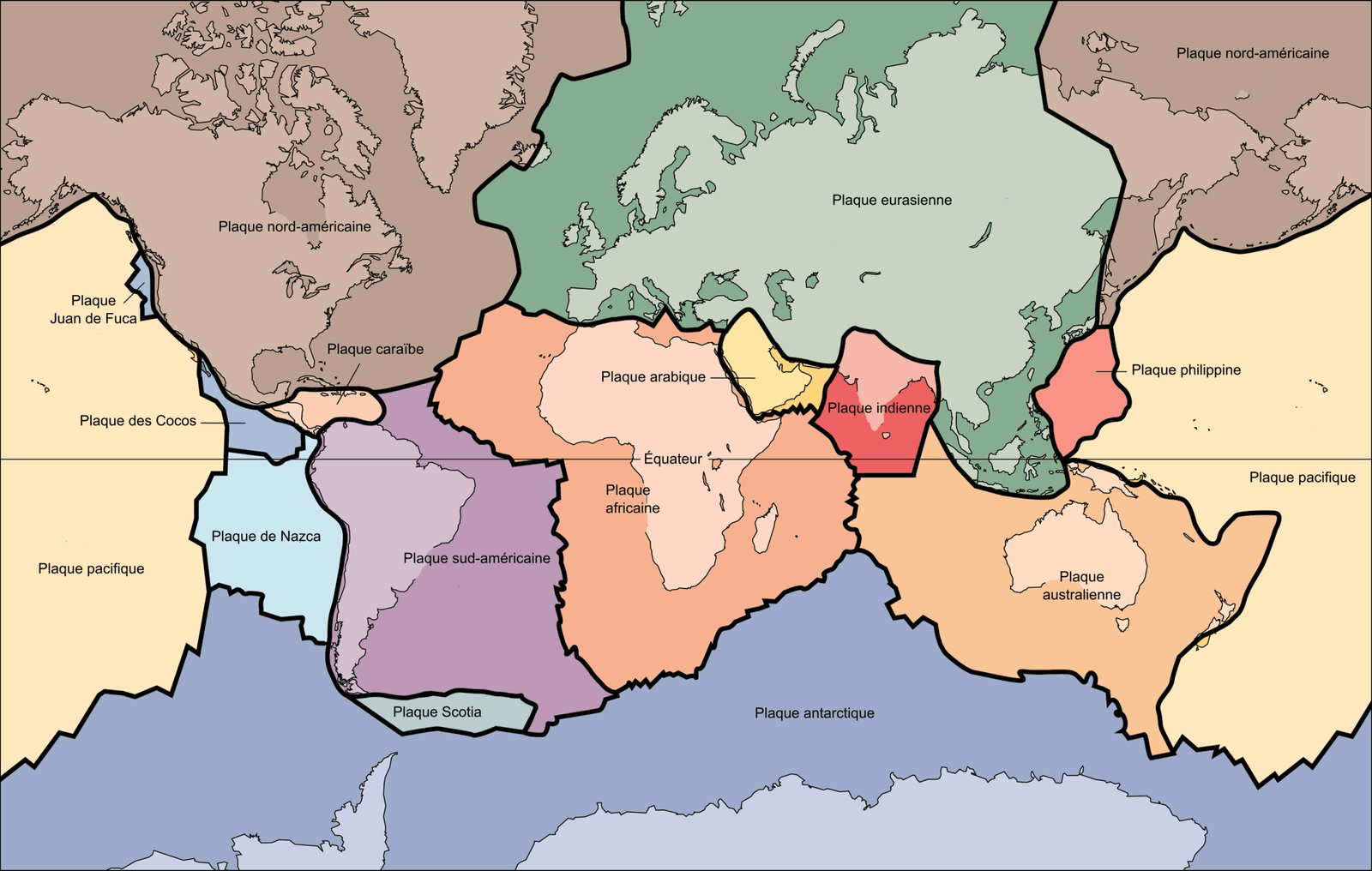
Tauranga sits on the edge of two mighty tectonic plates—the Australian and the Pacific. These plates are like giant puzzle pieces, slowly grinding past and beneath each other. You can’t see them move, but every year, they shift just a little, building up tension deep underground. This invisible power is what creates faults: cracks in the earth where the ground can suddenly slip. It’s a bit like winding up a spring; eventually, that tension has to go somewhere. That’s why Tauranga, for all its gentle coastal charm, is quietly perched on a powerful geological engine.
What Exactly Is a Fault Line?
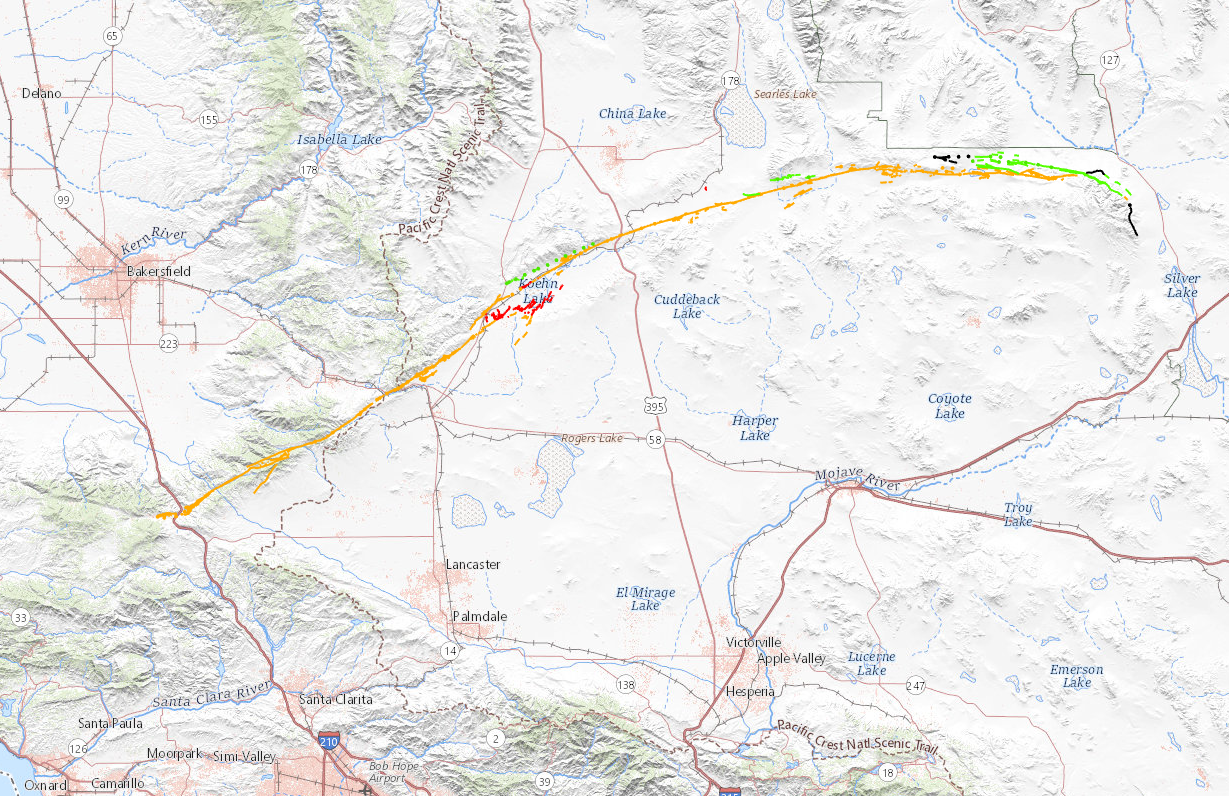
A fault line is more than just a crack; it’s a fracture where the earth’s crust has moved. Imagine snapping a chocolate bar and seeing the jagged edge—that’s a fault, but on a massive, earth-sized scale. In Tauranga, these faults sometimes run straight beneath neighborhoods, hills, and even the harbor. Some faults are obvious, carving valleys or hills, while others stay hidden, only revealed by scientific tools. The movement along these lines can be sudden, causing earthquakes, or slow, creating gentle changes in the land that most people don’t even notice.
Mapping the Unseen: How Scientists Find Faults
Detecting a fault isn’t as simple as looking for a crack in the ground. Geologists use everything from satellite images to ground-penetrating radar to spot where the earth has shifted. In Tauranga, scientists have scoured old riverbeds, studied layers of volcanic ash, and even drilled deep into the ground to reveal the paths of these hidden faults. Sometimes, a fault is only discovered after a small earthquake shakes the region, prompting a closer look. It’s like being a detective, piecing together clues from the land’s history.
The Tauranga Fault Zone: An Invisible Giant
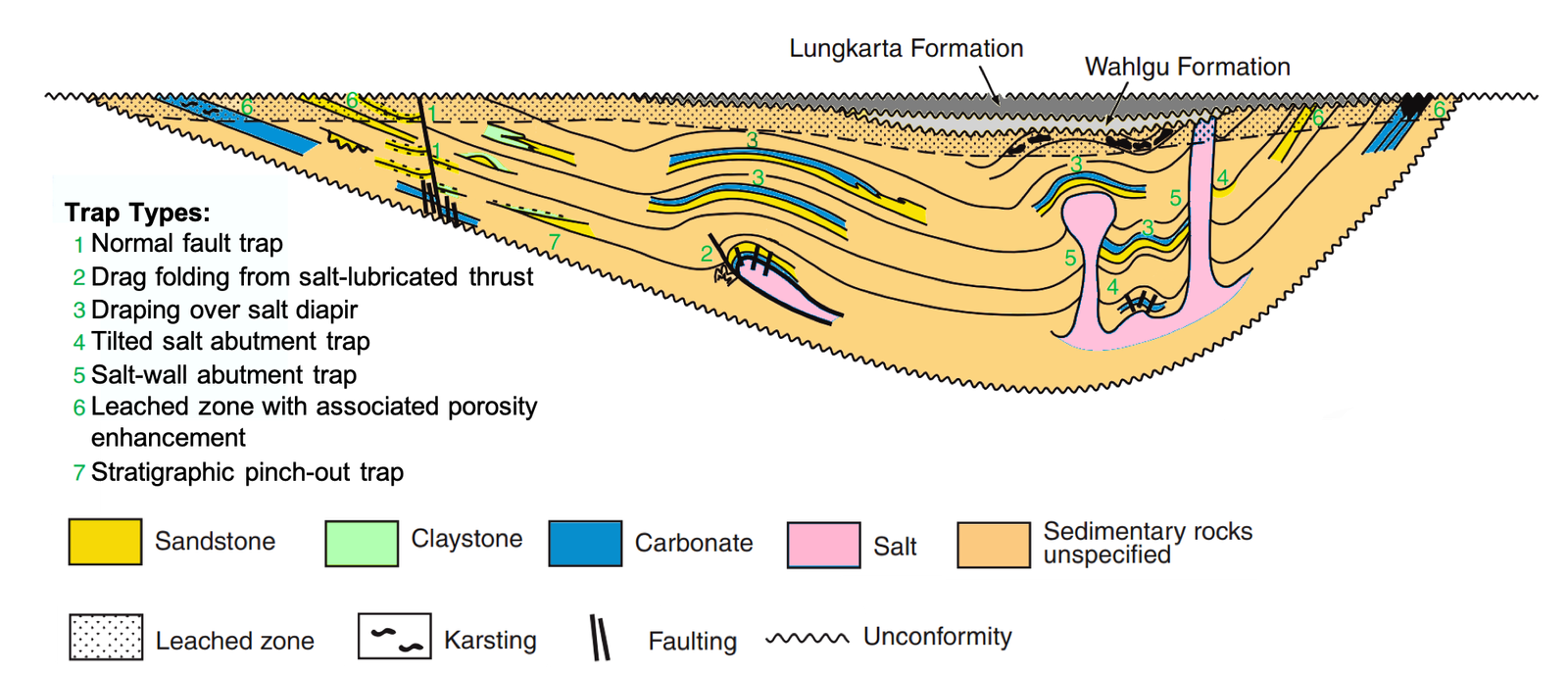
One of Tauranga’s most significant features is the Tauranga Fault Zone. This isn’t just a single crack but a complex network of faults running beneath the city and its picturesque surrounds. Some sections of the Tauranga Fault Zone are believed to stretch for many kilometers, weaving beneath suburbs and farmland. Although the faults are mostly quiet, their presence means that the region is never truly still. This silent giant reminds us that the earth beneath Tauranga is alive, always shifting and changing.
Ancient Earthquakes That Shaped the Land
Long before there were beach houses or boardwalks, earthquakes shook and shaped Tauranga’s landscape. Scientists have found evidence of ancient quakes by studying sediment layers in swamps and lake beds. Sometimes, these layers show sudden jolts—sand pushed up where it shouldn’t be, or forest soil oddly disturbed. These ancient tremors helped carve the valleys and shape the harbors we see today. The ground we walk on has a memory, holding the scars of quakes from hundreds or even thousands of years ago.
The Role of Volcanic Activity
Tauranga’s faults are not just about earthquakes—they are closely linked to the region’s volcanic history. The Bay of Plenty is dotted with old volcanic cones and deep, hidden magma chambers. When magma moves underground, it can push and pull on the earth’s crust, creating new faults or reawakening old ones. Some of the area’s most dramatic landscapes, like the steep cliffs and rolling hills, owe their existence to this fiery partnership between volcanoes and tectonic faults. It’s a reminder that the land here was born from both fire and force.
Beneath the Beaches: Faults Under the Sand
It’s easy to think of the beach as a place of peace, but even Tauranga’s famous sands hide secrets. Faults snake under the beaches, sometimes causing subtle changes in the shoreline or influencing how dunes form after storms. In rare cases, minor tremors have shaken the sands, briefly reminding locals that the ground is never completely still. For surfers and swimmers, these hidden faults are invisible—but for geologists, they are a fascinating puzzle waiting to be explored.
The Impact on Tauranga’s Bays and Harbors
Tauranga’s bays and harbors owe much of their beauty to the shifting ground below. Fault movement can create sheltered inlets, deep channels, and even the odd island or sandbar. Over thousands of years, this has turned the coast into a complex tapestry of coves and waterways. In some places, the land has slowly risen, while in others, it’s sunk, creating the unique shoreline we see today. Without these hidden faults, Tauranga’s coastline would look very different—less dramatic, perhaps, and certainly less fascinating.
Modern Monitoring: Keeping an Eye on the Deep
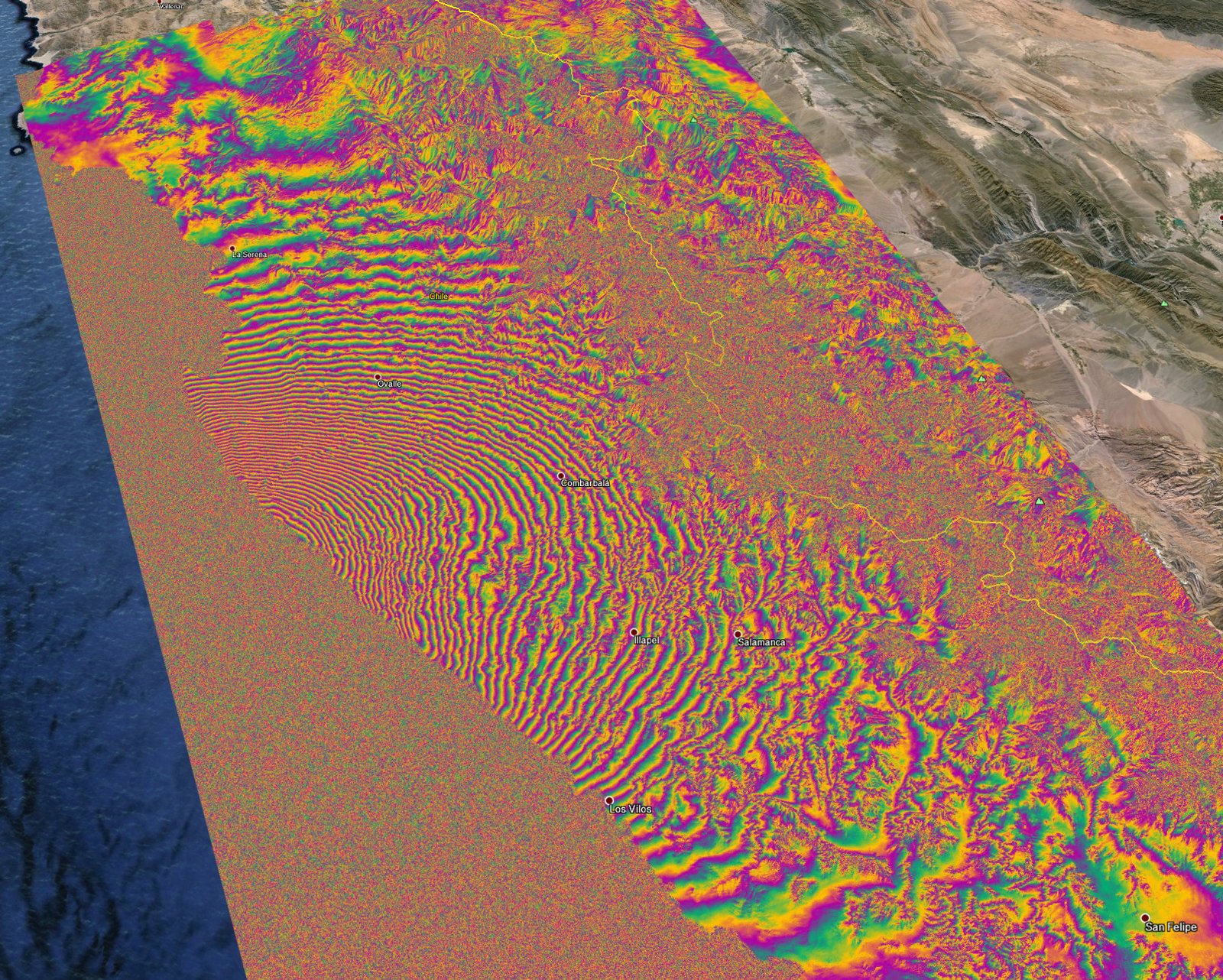
Today, scientists keep a close watch on Tauranga’s hidden faults using a mix of high-tech tools. Seismographs dot the region, picking up even the tiniest tremors. GPS stations measure the earth’s slow movements, sometimes just a few millimeters a year. Drones and satellites give a bird’s-eye view, helping experts spot changes in the land. All this monitoring means we know more than ever before, but it also reminds us that Tauranga’s faults are active, if mostly quiet, participants in daily life.
How Faults Affect Everyday Life

It might sound dramatic, but the faults under Tauranga shape daily life in subtle ways. Building codes are stricter in areas where faults are known, ensuring homes can withstand a shake. Urban planners have to think twice about where to put new roads or schools, just in case. Insurance premiums can even be higher in some neighborhoods, reflecting the ever-present risk. For most people, the faults are just a distant worry, but for those who plan and build Tauranga’s future, they’re a constant consideration.
Wildlife, Faults, and Natural Habitats
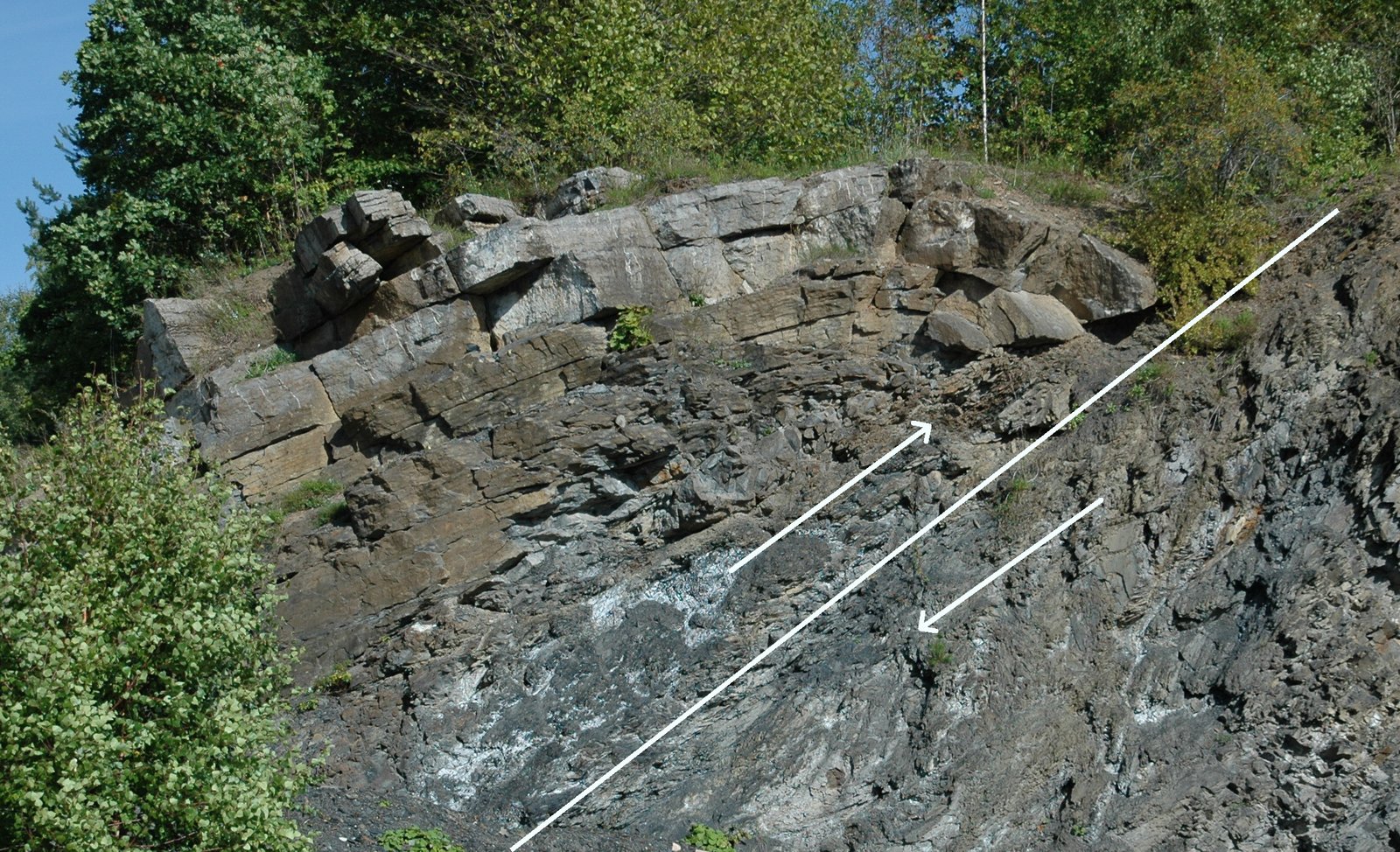
The shifting ground beneath Tauranga doesn’t just affect people—it shapes habitats for birds, fish, and plants as well. Fault movement can create wetlands and lagoons, perfect for wading birds and rare fish. Sometimes, a quake will change the flow of a stream or create a new pond overnight, giving nature a fresh canvas to work with. These hidden forces help explain why Tauranga is so rich in biodiversity—each fault line is like a brushstroke in the landscape’s masterpiece.
Historical Stories: Earthquakes Remembered

Older residents in Tauranga sometimes recall minor quakes that rattled windows and set dogs barking. While the city has never experienced the kind of devastation seen in other parts of New Zealand, these stories linger. Some remember the tremor of 1987, or even earlier, when the ground seemed to heave underfoot. These shared memories are a reminder that the faults beneath Tauranga are real, and that nature sometimes makes its presence felt in surprising ways.
Preparedness: Living with Unseen Risks
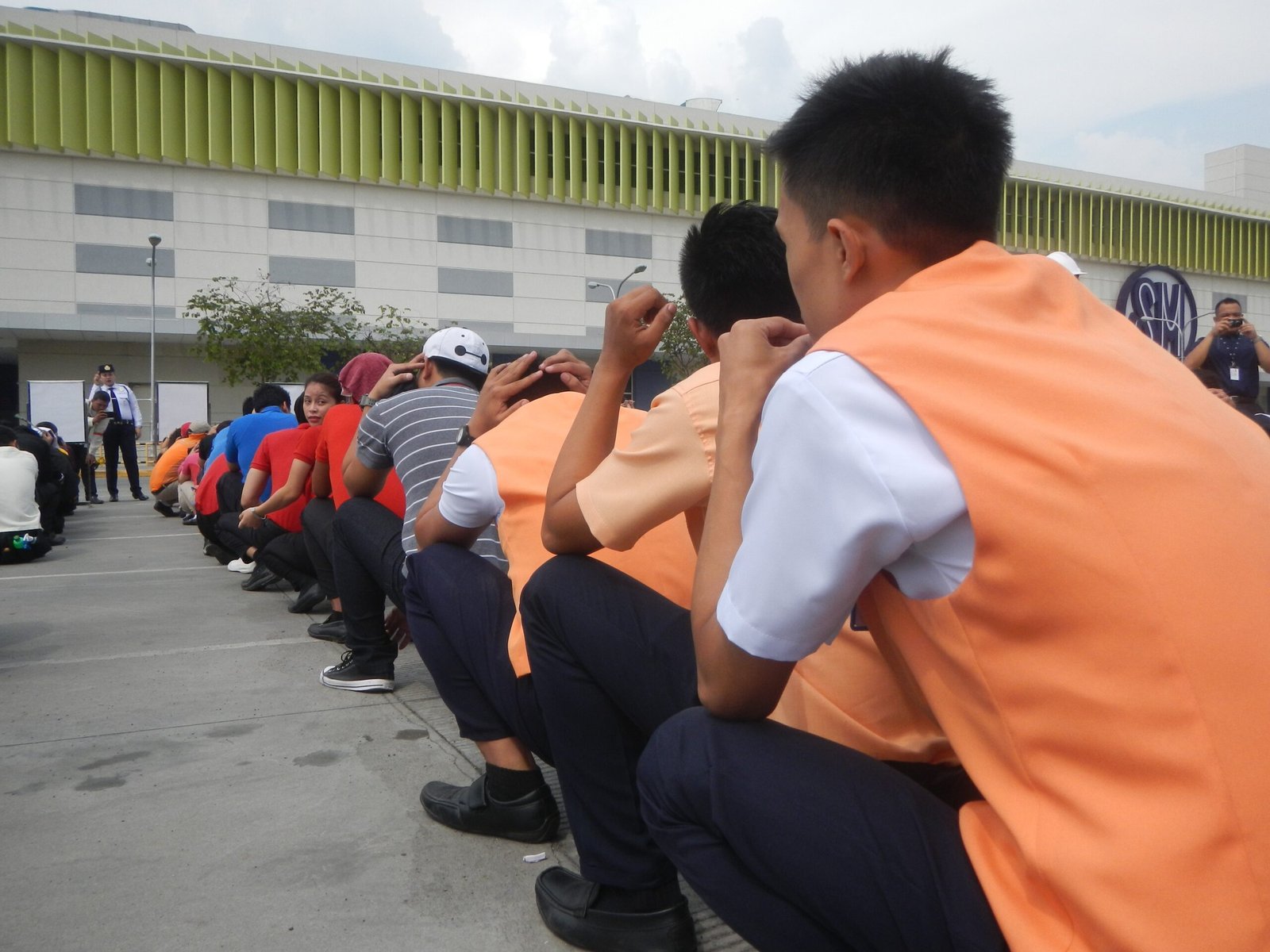
Living above hidden faults means Tauranga’s residents have learned to be prepared. Earthquake drills are a regular part of school life, and emergency kits are just as common as sunscreen in many homes. The local council runs education campaigns, reminding people to have a plan and know what to do if the ground starts to shake. For many, it’s a small price to pay for life in such a beautiful setting. Being ready is just part of being a Bay local.
Tourism and the Allure of the Unknown
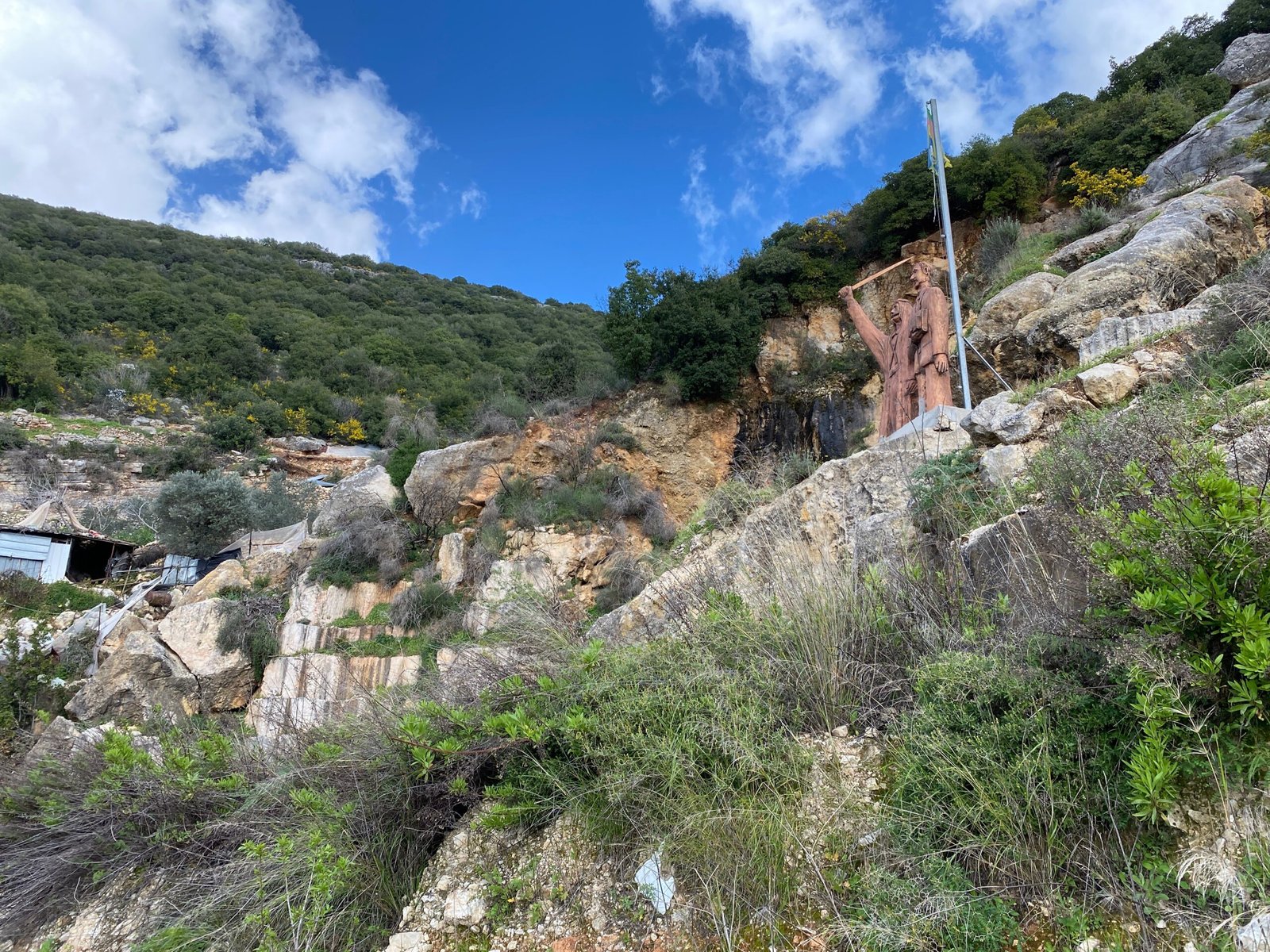
For visitors, the idea of hidden faults adds a touch of mystery to Tauranga’s beaches and bays. Some tours even include a stop at famous fault lines or offer explanations of the area’s geological history. It’s a different way of seeing the landscape—not just as scenery, but as a living story written by the earth itself. This blend of beauty and mystery draws curious travelers, eager to learn what really lies beneath their feet.
Research Frontiers: What Science Still Seeks
Despite decades of study, the faults beneath Tauranga still hold secrets. Scientists are searching for “paleoseismic” evidence—signs of prehistoric quakes that could tell us when the ground last moved in a big way. Some are mapping the faults in ever greater detail, hoping to predict where the next shake might come from. Each new discovery brings more questions, making Tauranga a place where science is always on the move, searching for answers hidden deep below.
The Human Connection: Living Above the Unknown
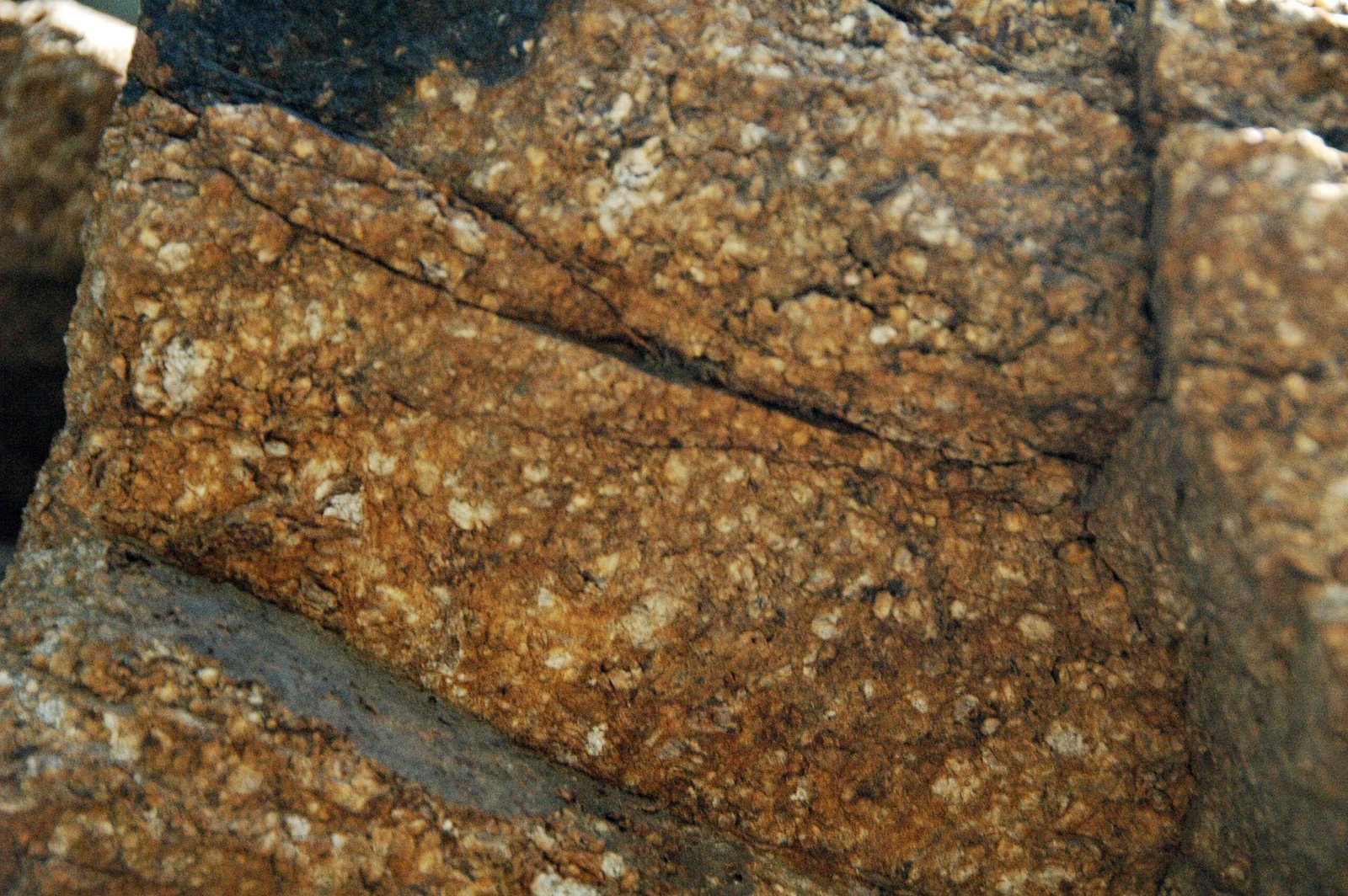
There’s something both unsettling and awe-inspiring about calling a place like Tauranga home. The hidden faults remind us how small we are compared to the forces shaping our world. Yet, there’s pride in knowing the risks and embracing them anyway. Locals live with a sense of respect for the land, aware that it’s alive in ways we can’t always see. That connection—to a landscape shaped by invisible hands—gives Tauranga a unique spirit, one that blends caution with wonder.
Looking to the Future: Balancing Beauty and Risk
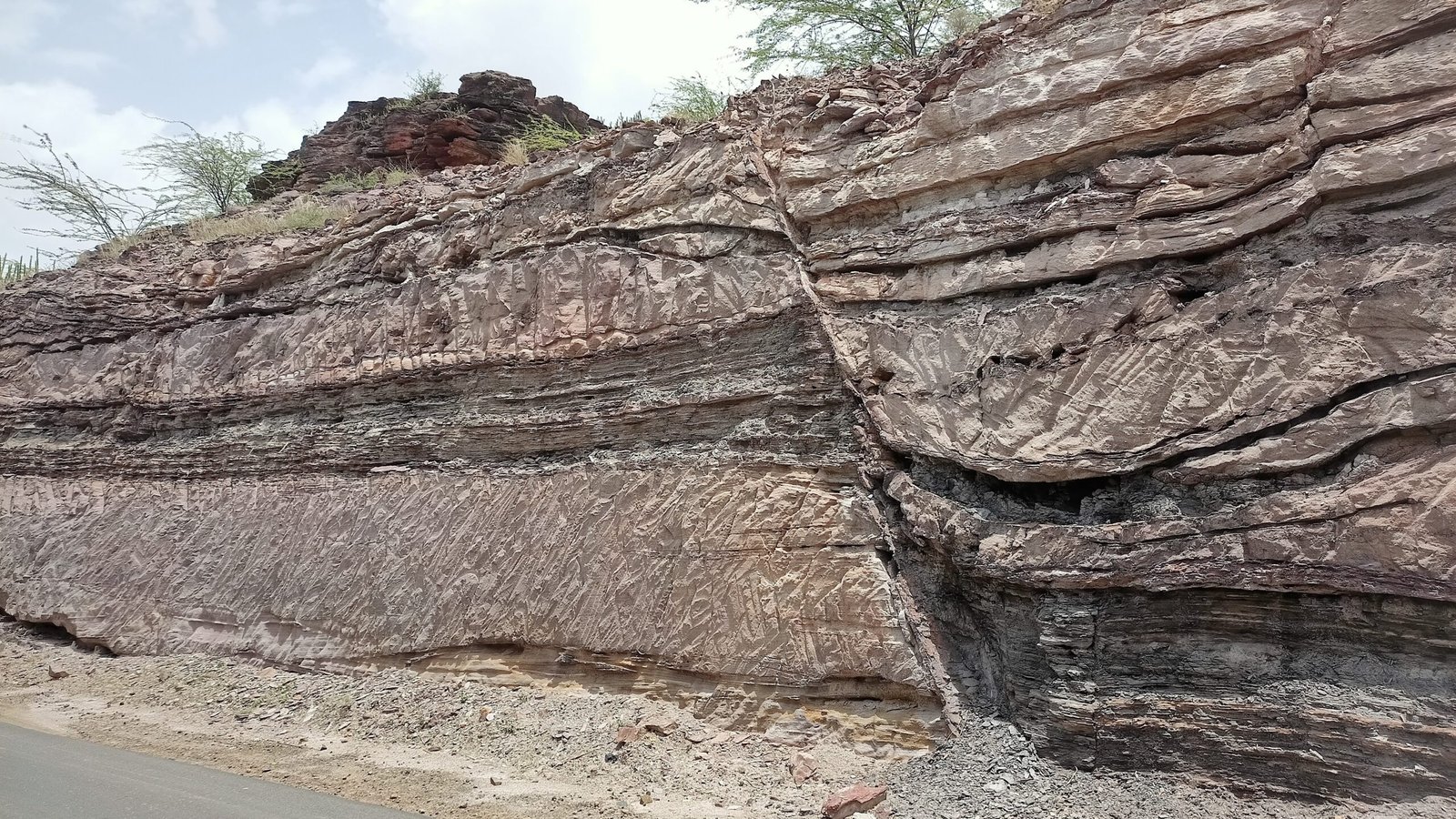
As Tauranga grows, the challenge is to balance its natural beauty with the risks that lie beneath. New developments need to respect the power of the earth, and communities must stay ready for whatever comes. But there’s also excitement in living in a place where the land is never truly still. The faults beneath Tauranga are both a warning and a promise—a reminder that the world is always changing, and that sometimes, the real magic happens just out of sight.

